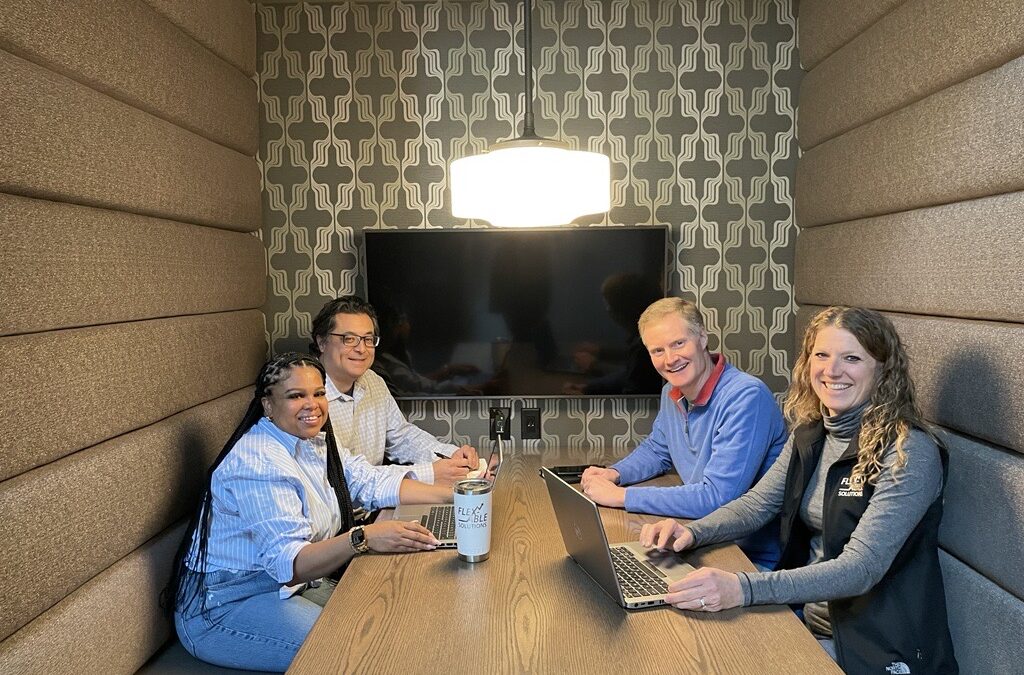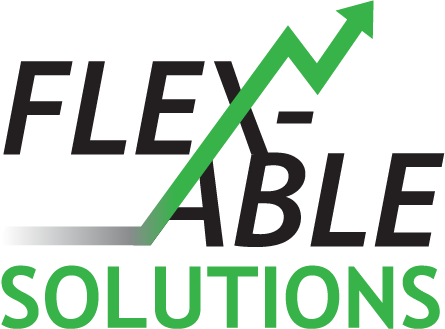
by Marketing Team | Oct 22, 2024 | Resources, Uncategorized
Offering the right benefits is key to staying competitive in the hiring market these days, especially for small businesses. If you want to keep talent, manage costs, and stay compliant with legal requirements, year-end benefits planning is one way to do it. Why...

by Marketing Team | Sep 24, 2024 | Resources, Uncategorized
In our recent HR blog series, we covered many important topics and strategies for building and retaining your workforce. Whether you’re looking to future-proof your workforce, improve recruitment and retention, or enhance your benefits package, these insights can help...

by Marketing Team | Aug 15, 2024 | Resources, Uncategorized
Future-Proofing Your Workforce: Essential Strategies for HR Success Today’s workplace is unlike anything employers have experienced in the past. With unprecedented fluidity in job changes and rapidly evolving technology, a hyper-focused, future-proof plan is essential...

by Marketing Team | Feb 5, 2024 | Resources
A Q&A Guide For Your Company Welcome to our comprehensive guide on effective employee relations! This blog is the first installment of our six-part HR Series. This series is designed for companies looking to enhance their HR services and overall company morale....

by Marketing Team | Jan 2, 2024 | Resources
Getting ready for an upcoming business audit can feel daunting. The preparation isn’t just about crunching numbers—you’ll need to have a comprehensive approach to make everything goes smoothly from start to finish. From keeping a paper trail to incorporating effective...

by Marketing Team | Nov 28, 2023 | Resources
When it comes to the workplace, it’s impossible to avoid all conflict. It’s the way conflicts are handled that will impact productivity and morale. At Flex-Able Solutions, we believe that when problems are handled effectively, conflicts can be turned into...







